Shandong rejuvenates Grand Canal culture
By Liu Chuan| (chinadaily.com.cn)| Updated : 2023-09-26
Print Print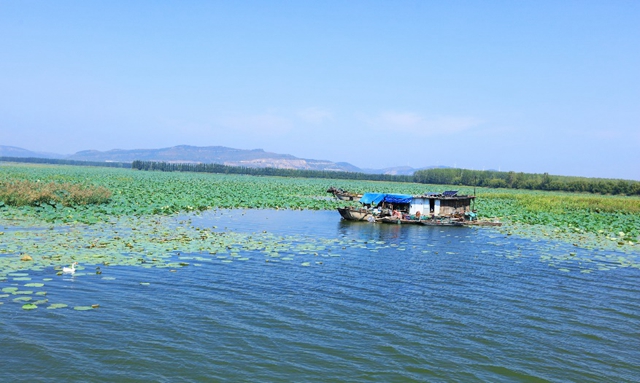
Weishan Lake, which the Grand Canal passes through, offers breathtaking views and historical significance. [Photo by Xu Fei/provided to chinadaily.com.cn]
Shandong province has been actively engaged in efforts to revive and promote its cultural heritage along the Grand Canal.
The Beijing-Hangzhou Grand Canal is regard as the longest and oldest artificial waterway in the world. As a UNESCO World Heritage site, it was once China's most important channel for transportation from the south to the north.
With a history of more than 2,000 years, the waterway has witnessed the development of numerous historic cities and ancient towns located along it.
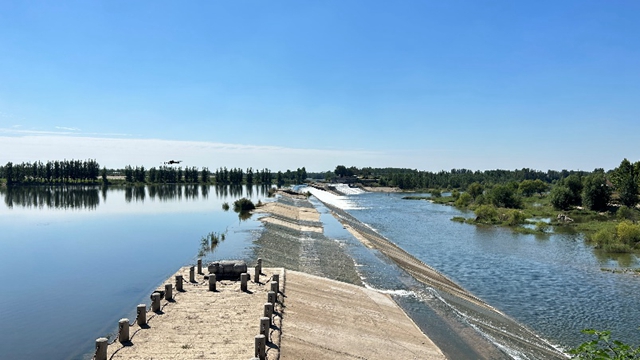
Daicun Bam in Dongping county, Tai'an city. It is built for redirecting the flow of the Wenhe River into the canal, addressing the issue of insufficient water levels at the canal's highest point during that time. [Photo/chinadaily.com.cn]
The Shandong section of the Grand Canal spans 643 kilometers, making up a third of the entire length. This stretch weaves through five cities - Dezhou, Liaocheng, Tai'an, Jining, and Zaozhuang, each rich in natural beauty and historical significance.
In Dongping, a county of Tai'an, lies the Daicun Dam, a testament to ancient engineering from the Ming Dynasty (1368-1644). Constructed in 1411, this dam redirected the Wenhe River to the canal, effectively managing low water levels at the canal's highest point during that time.
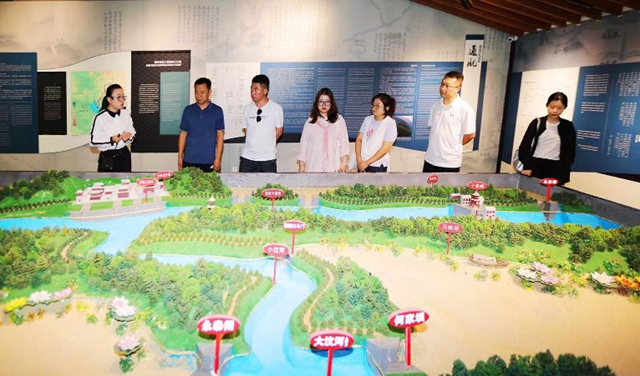
Visitors lean about the brilliance of ancient Chinese hydraulic engineering at Grand Canal Nanwang Complex Museum on Sept 20. [Photo by Xu Fei/provided to chinadaily.com.cn]
Another hydraulic engineering wonder is the Nanwang Complex in Jining's Wenshang county. Historically, Nanwang town, situated at the canal's highest point, faced navigation challenges due to water scarcity. This complex, though now in ruins, solved water shortage, storage, distribution, and drainage issues, cementing its reputation as the canal's most technologically advanced project.
Local museums like the Daicun Dam Museum and the Grand Canal Nanwang Complex Museum celebrate these sites and highlight the canal's historical importance and the brilliance of ancient Chinese hydraulic engineering.
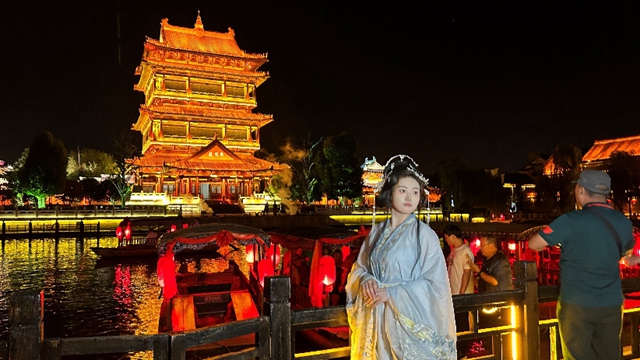
A visitor dressed in traditional Chinese costume poses for a photo in an ancient water town of Taierzhuang in Zaozhuang on Sept 21. [Photo/chinadaily.com.cn]
Developing cultural tourism that features Grand Canal culture is an innovative way to keep the Grand Canal's legacy alive.
The ancient water town of Taierzhuang has become an alluring tourism destination alongside the Grand Canal.
The ancient town, rebuilt in 2008, is an effort by the local government to preserve and protect cultural heritage and tourism along the waterway. The town is renowned for its traditional architecture and water culture.
Recent data show that the town welcomed around 682,700 visitors and generated a commercial revenue of 60 million yuan ($8.2 million) for Tai'erzhuang and its surrounding areas during this year's Spring Festival holiday
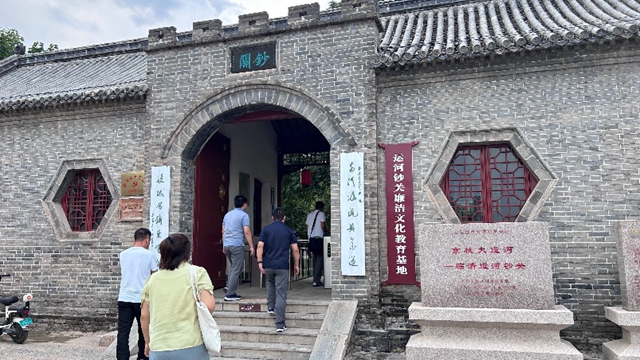
A historical site of Chaoguan, the Canal Customs House. It is used for collecting shipping tax on commercial ships travelling on the canal in Ming Dynasty. [Photo/chinadaily.com.cn]
Located in Zaozhuang near the Grand Canal's passage through Weishan Lake, Tengzhou has rich wetland resources. The local government has fostered ecological tourism with the development of the Red Lotus Wetland Park, ensuring the protection of the canal's environment.
Striving to blend canal culture with tourism, Linqing, a county-level city in Liaocheng, prioritizes the preservation and revitalization of its ancient structures and cultural relics. Blessed with the heritage of the Grand Canal, the city houses noteworthy sites like the historical Chaoguan, also the Canal Customs House, a testament to its vibrant history linked with commercial shipping on the canal.
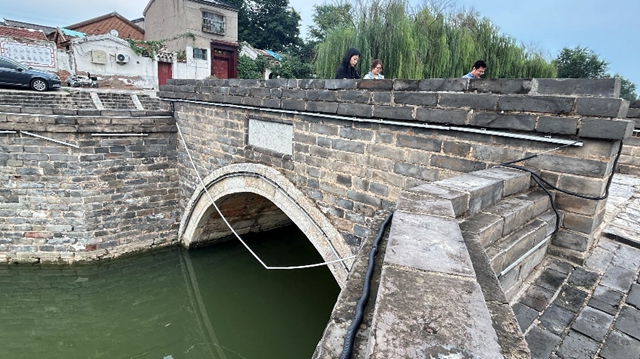
A historical site of Huitong Lock in Linqing. It was built along the Grand Canal during Yuan Dynasty (1271-1368) and now is a World Cultural Heritage site. [Photo/chinadaily.com.cn]

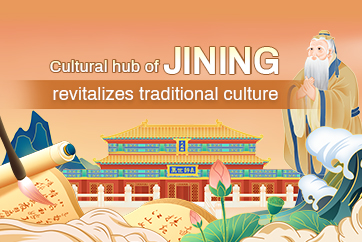 Cultural hub of Jining revitalizes traditional culture
Cultural hub of Jining revitalizes traditional culture 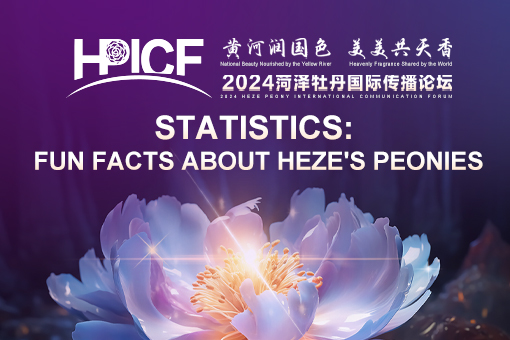 Statistics: Fun facts about Heze's peonies
Statistics: Fun facts about Heze's peonies  Shandong province pioneers new quality productive forces
Shandong province pioneers new quality productive forces